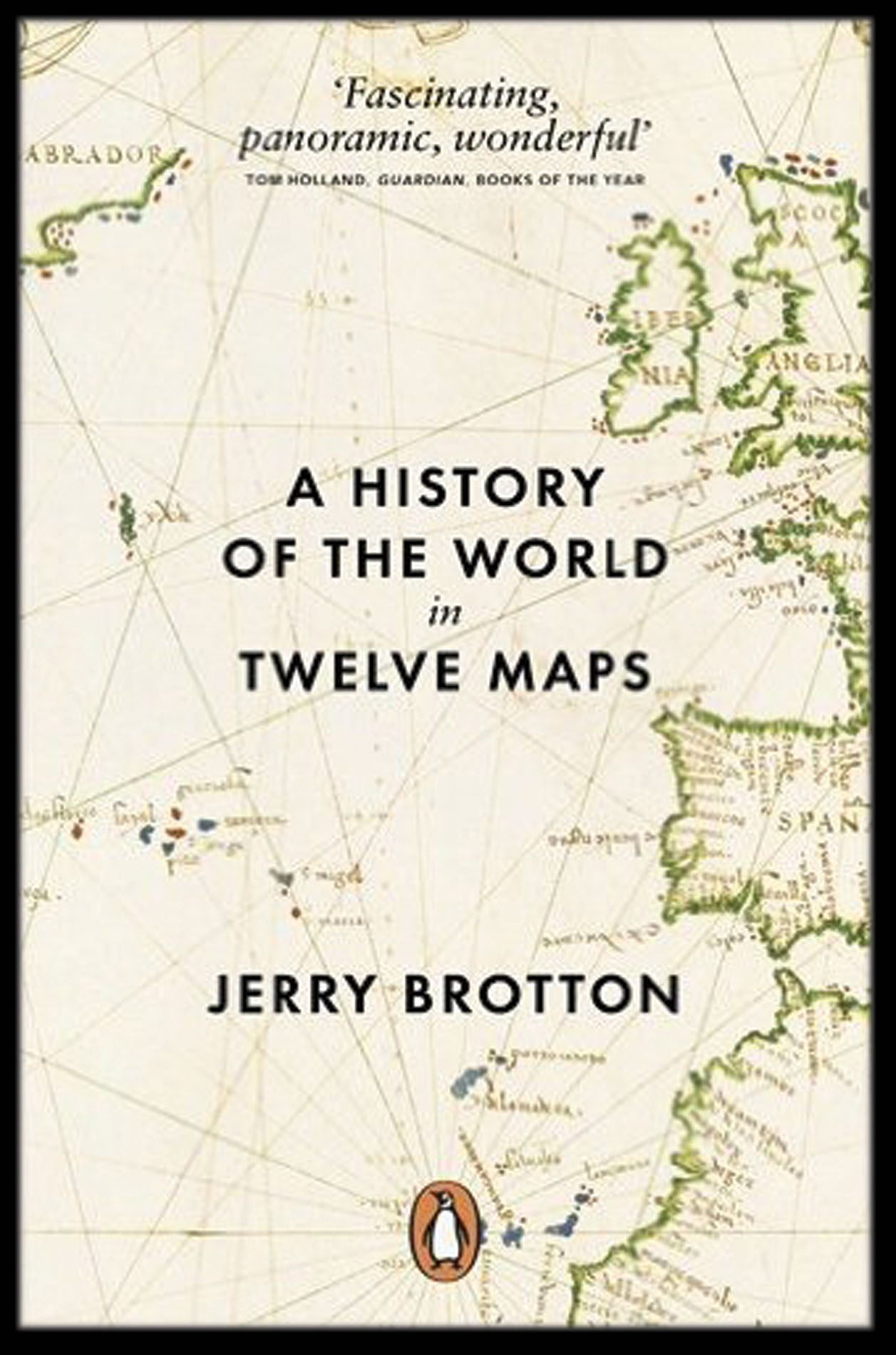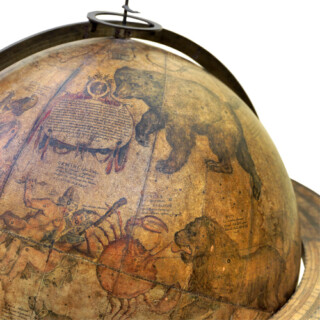Subtotal: £11
Goodall's Historic Playing Cards
GOODALL, Cha[rle]s
London,
Cha[rles]s Goodall & Son,
[1893].
52 chromolithograph cards, design to verso, housed in original slipcase.
92 by 64mm (3.5 by 2.5 inches).
20699
To scale:
notes:
notes:
The Maker
Charles Goodall was a playing card maker based first in Soho and later in Camden, where his firm contributed greatly to the development of the area. By 1850, Goodall accounted for approximately two-thirds of playing card produced in Britain and employed over one thousand workers. Among the firm's most lasting achievements was its pioneering of the double-headed court card design for which, among other innovations and achievements, it was awarded medals at ten...
Charles Goodall was a playing card maker based first in Soho and later in Camden, where his firm contributed greatly to the development of the area. By 1850, Goodall accounted for approximately two-thirds of playing card produced in Britain and employed over one thousand workers. Among the firm's most lasting achievements was its pioneering of the double-headed court card design for which, among other innovations and achievements, it was awarded medals at ten...
The Maker
Charles Goodall was a playing card maker based first in Soho and later in Camden, where his firm contributed greatly to the development of the area. By 1850, Goodall accounted for approximately two-thirds of playing card produced in Britain and employed over one thousand workers. Among the firm's most lasting achievements was its pioneering of the double-headed court card design for which, among other innovations and achievements, it was awarded medals at ten different international exhibitions during the nineteenth century.
The Cards
Goodall & Son's "de luxe" historic playing cards represent four periods of English history:
Club - Plantagenet (1216-1399)
Diamon - Tudor (1485-1603)
Hearts - Stuart (1603-1714)
Spades - Hanoverian (1714-1901)
While the double-figure court cards reflect the contemporary style of the corresponding period, the Kings and Queens do not appear to be direct representations of any particular monarch. The Aces are decorative, with their suit symbol encased within an ornate circular framework. The pip cards are simply represented by the appropriate number of suit symbols, and the Arabic numeral written on opposite corners.
Charles Goodall was a playing card maker based first in Soho and later in Camden, where his firm contributed greatly to the development of the area. By 1850, Goodall accounted for approximately two-thirds of playing card produced in Britain and employed over one thousand workers. Among the firm's most lasting achievements was its pioneering of the double-headed court card design for which, among other innovations and achievements, it was awarded medals at ten different international exhibitions during the nineteenth century.
The Cards
Goodall & Son's "de luxe" historic playing cards represent four periods of English history:
Club - Plantagenet (1216-1399)
Diamon - Tudor (1485-1603)
Hearts - Stuart (1603-1714)
Spades - Hanoverian (1714-1901)
While the double-figure court cards reflect the contemporary style of the corresponding period, the Kings and Queens do not appear to be direct representations of any particular monarch. The Aces are decorative, with their suit symbol encased within an ornate circular framework. The pip cards are simply represented by the appropriate number of suit symbols, and the Arabic numeral written on opposite corners.
bibliography:
bibliography:
provenance:
provenance:
 A History of the World in Twelve Maps
A History of the World in Twelve Maps 






![GOODALL, Cha[rle]s Goodall's Historic Playing Cards](https://omega.crouchrarebooks.com/wp-content/uploads/2025/03/20699_1H.jpg)
![GOODALL, Cha[rle]s Goodall's Historic Playing Cards](https://omega.crouchrarebooks.com/wp-content/uploads/2025/03/20699_2H.jpg)
![GOODALL, Cha[rle]s Goodall's Historic Playing Cards](https://omega.crouchrarebooks.com/wp-content/uploads/2025/03/20699_3H.jpg)
![GOODALL, Cha[rle]s Goodall's Historic Playing Cards](https://omega.crouchrarebooks.com/wp-content/uploads/2025/03/20699_4H.jpg)
![GOODALL, Cha[rle]s Goodall's Historic Playing Cards](https://omega.crouchrarebooks.com/wp-content/uploads/2025/03/20699_5H.jpg)
![GOODALL, Cha[rle]s Goodall's Historic Playing Cards](https://omega.crouchrarebooks.com/wp-content/uploads/2025/03/20699_6H.jpg)
![GOODALL, Cha[rle]s Goodall's Historic Playing Cards](https://omega.crouchrarebooks.com/wp-content/uploads/2025/03/20699_7H.jpg)
![GOODALL, Cha[rle]s Goodall's Historic Playing Cards](https://omega.crouchrarebooks.com/wp-content/uploads/2025/03/20699_8H.jpg)
